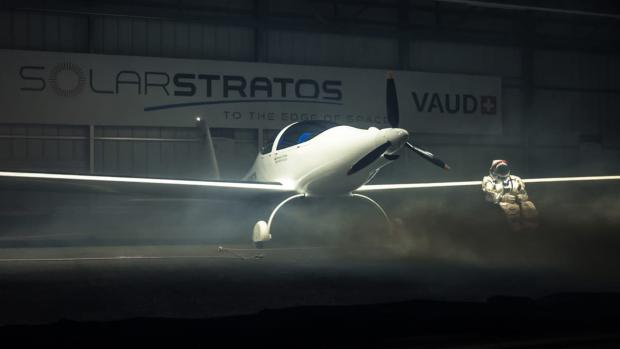
Breaking News
 Charlie's Killer Was MKUltra'd?
Charlie's Killer Was MKUltra'd?
 Doctors are finally admitting that biopsies Spread Cancer…
Doctors are finally admitting that biopsies Spread Cancer…
 We MUST keep talking about this, demand Voter ID. Joe Rogan and Elon Musk on Fraud
We MUST keep talking about this, demand Voter ID. Joe Rogan and Elon Musk on Fraud
 Nick Shirley exposes there are 1,200 medical transport companies in Minnesota.
Nick Shirley exposes there are 1,200 medical transport companies in Minnesota.
Top Tech News
 The First Production All-Solid-State Battery Is Here, And It Promises 5-Minute Charging
The First Production All-Solid-State Battery Is Here, And It Promises 5-Minute Charging
 See inside the tech-topia cities billionaires are betting big on developing...
See inside the tech-topia cities billionaires are betting big on developing...
 Storage doesn't get much cheaper than this
Storage doesn't get much cheaper than this
 Laser weapons go mobile on US Army small vehicles
Laser weapons go mobile on US Army small vehicles
 EngineAI T800: Born to Disrupt! #EngineAI #robotics #newtechnology #newproduct
EngineAI T800: Born to Disrupt! #EngineAI #robotics #newtechnology #newproduct
 This Silicon Anode Breakthrough Could Mark A Turning Point For EV Batteries [Update]
This Silicon Anode Breakthrough Could Mark A Turning Point For EV Batteries [Update]
 Travel gadget promises to dry and iron your clothes – totally hands-free
Travel gadget promises to dry and iron your clothes – totally hands-free
 Perfect Aircrete, Kitchen Ingredients.
Perfect Aircrete, Kitchen Ingredients.
 Futuristic pixel-raising display lets you feel what's onscreen
Futuristic pixel-raising display lets you feel what's onscreen
 Cutting-Edge Facility Generates Pure Water and Hydrogen Fuel from Seawater for Mere Pennies
Cutting-Edge Facility Generates Pure Water and Hydrogen Fuel from Seawater for Mere Pennies
Chocks away: Official debut for solar-powered space plane

"Our goal is to demonstrate that current technology offers us the possibility to achieve above and beyond what fossil fuels offer," says project founder and pilot Raphaël Domjan in a press release. "Electric and solar vehicles are amongst the major challenges of the 21st century. Our aircraft can fly at an altitude of 25,000 m and this opens the door to the possibility of electric and solar commercial aviation, close to space."
The solar-electric plane is said to have an environmental footprint that is equivalent to that of an electric car and is aimed at offering an alternative to using large quantities of energy or helium as a means of reaching the stratosphere. It is 8.5-m (27.9-ft) long, has a wingspan of 24.8 m (81.4 ft) and weighs in at just 450 kg (992 lb).
The solar panel array charges a 20 kWh lithium-ion battery, which powers a 32-kW electric motor that in turn drives a 2.2-m (7.2-ft) propeller. SolarStratos says it is able to fly continuously for over 24 hours, which is more than enough to cover the expected two-and-a-half hours it will take to reach space, 15 minutes cruising at peak altitude and three hours to return to the Earth.



